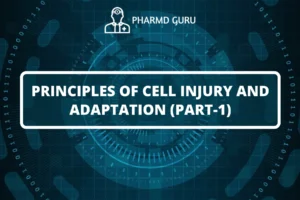Inflammation is defined as “the original response of living mammalian apkins to injury due to any agent”. It’s a body defense response in order to exclude or limit the spread of pernicious agent, followed by junking of the necrosed cells and apkins. Seditious processes are protective or adaptive by design; still they may contribute to distressing clinical instantiations of complaint. At the same time they’re helping to annihilate it.
Inflammation is the body’s attempt of tone- protection; the end being to remove dangerous stimulants, including damaged cells, annoyances, or pathogens and begin the mending process. Inflammation doesn’t mean infection, indeed when an infection causes inflammation. Infection is caused by a bacterium, contagion or fungus, while inflammation is the body’s response to it.
Any injury, including an irruption by micro-organisms, causes inflammation in the affected area. Inflammation, a complex response, results from numerous different conditions. The damaged towel releases substances that beget inflammation and that direct the vulnerable system to do the following:
• Attack and kill any raiders.
• Dispose of dead and damaged towel.
• Begin the process of form.



